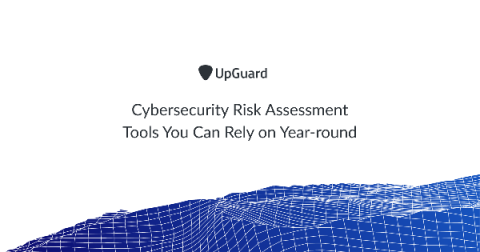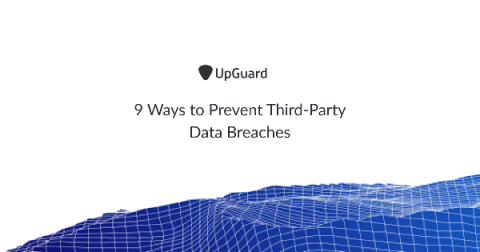What are the Benefits of a Security Risk Assessment?
Being an important part of cyber security practices, security risk assessment protects your organization from intruders, attackers and cyber criminals. In this article, we will discuss what it is and what benefits it offers. A significant portion of our business processes heavily rely on the Internet technologies. That is why cyber security is a very important practice for all organizations. Making up a crucial part of cyber security, security risk assessment is a topic that must not be overlooked.










